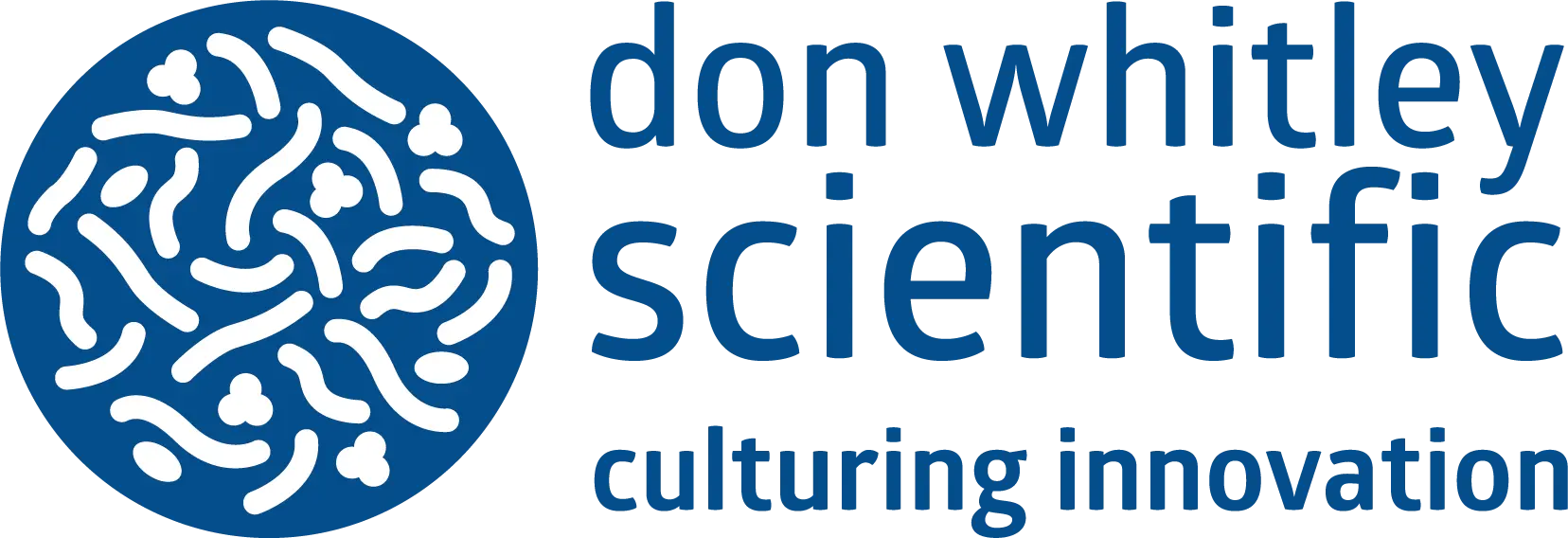
This is the 7th in our ‘Did you know’ series of articles introducing things you may not know about the Whitley range of products and services – read on and you may find out something about your workstation that could make your working life easier.
Do you know whether your anaerobic workstation is working properly? Here is a helpful procedure from our Head of Microbiology, Dr Andrew Pridmore.
How can I check that my anaerobic workstation or jar is working properly?
There are several different views on this, but we feel that the most appropriate approach is to demonstrate that your anaerobic equipment will support growth of the types of organism that you are attempting to isolate. This can be achieved by regularly preparing plate cultures of anaerobic reference strains. Suitable strains include Bacteroides fragilis ATCC 25285
B. thetaiotaomicron ATCC 29741, Clostridium perfringens ATCC 13124, C. difficile ATCC 700057 and Eggerthella lenta ATCC 43055.
An anaerobe strain does not have to be especially oxygen-sensitive to be used as a control, because the absence of oxygen can be demonstrated by including a 5 µg metronidazole (MTZ) disc on the initial streaks of the culture plate.
Growth of a control organism verifies the ability of the equipment to support anaerobic growth while the inhibition zone diameter around the MTZ disc can be measured to provide an accurate quantitative control. As MTZ is only active under anaerobic conditions, the user will be alerted to a possible failure in anaerobic conditions if the inhibition zone falls below predetermined limits.
What results should I expect from my control plates?
For a given control strain, the zone diameter produced by a 5 µg MTZ disc varies quite widely and depends on the culture medium used. “Normal” values should be established in each user’s laboratory. However, as a guide, here are some of our own observations:
• For Clostridium perfringens ATCC 13124 we get zone diameters in the range 15 – 25 mm
• For Bacteroides fragilis ATCC 25285 we get zone diameters in the range 20 – 30 mm
More importantly, MTZ zone diameters are reduced dramatically (typically to 10 mm or less) if traces of oxygen are present in an “anaerobic” incubation atmosphere. We recently conducted some development work with a new anaerobic workstation and found that the MTZ zone for our C. perfringens and B. fragilis controls reduced to approx 10 mm when oxygen was introduced at a concentration below 0.05% v/v. Use of a MTZ disc is a really sensitive indicator of anaerobiosis!
What if I need to ask an additional question?
In the UK, simply email our sales team on sales@dwscientific.co.uk and someone will give you a call.
If you are not based in the UK, please contact our authorised distributor in your country – a distributor look-up facility is provided on our website.


 en
en

 English
English